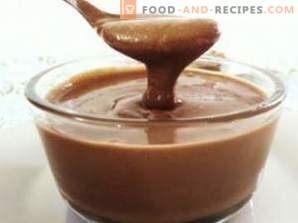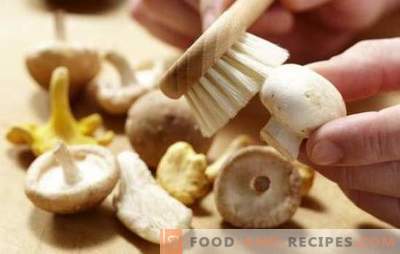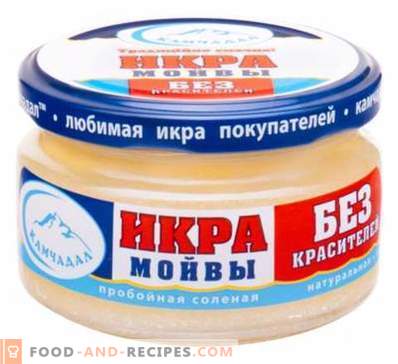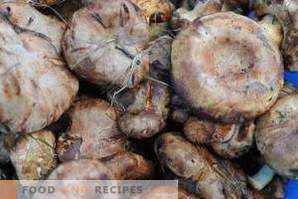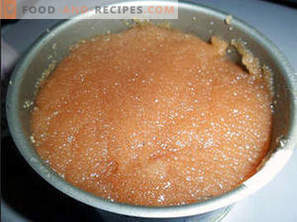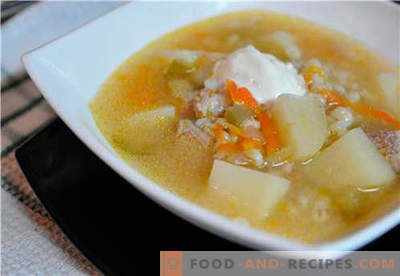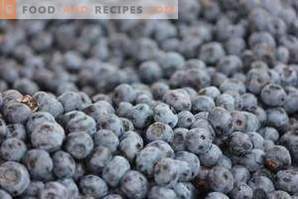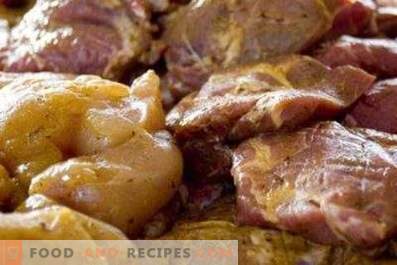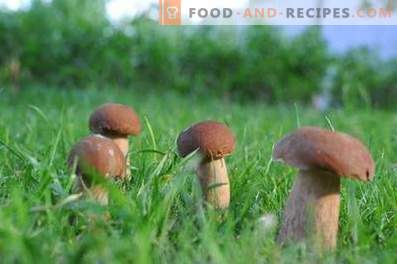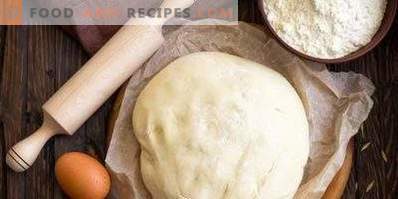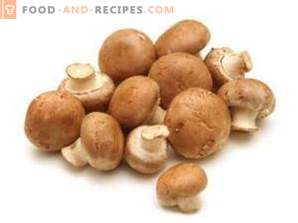
Champignon is one of the most common mushrooms in the world. These mushrooms are so tasty, fragrant and nutritious that it is not at all surprising that today the number of dishes that can be prepared from champignons is equal to several hundred. These mushrooms are dried, boiled, fried, pickled, and sometimes even used fresh. Let's try to figure out what the benefits and harm of mushrooms, as well as in what cases these mushrooms should be eaten with caution.
Composition
Champignons not only delight with their taste, but also give the body a lot of nutrients. First of all, it is necessary to say about a large number of easily digestible proteins contained in these mushrooms. Just imagine: according to this indicator, mushrooms surpass meat and eggs.
However, protein is not the only one, paraphrasing a well-known expression, champignons are rich. In the mushrooms in addition to the designated in large quantities contain:
• Vitamins, including A, PP, beta-carotene, B1, B2, B6, B12, C, D2, E and H, • Amino acids (more than 18 items), including biotin, linoleic, nicotine, panthenol, • Macroelements, in particular, calcium, magnesium, sodium, potassium, phosphorus (by the way, the content of this element does not yield to champignons seafood), chlorine, • Trace elements, among which iron, zinc, iodine, chromium, fluorine, molybdenum , cobalt, rubidium and others.
Mushrooms: Calorie
Mushrooms - low-calorie product. Caloric value of 100 grams of fresh mushrooms is 27 kcal, fried - 32 kcal. Marinated champignons are even more high-calorie - 41 kcal / 100 grams. Stewed champignons are the most high-calorie: 100 grams of the product contains about 51 kcal. Those who are on a diet, wanting to lose a few extra kilogramchikov, we would advise to use more baked mushrooms, because their caloric content - only 24 kcal for all the same 100 grams of product.
Champignons: Useful Properties
This valuable composition of mushrooms explains the benefits that the product has on the body. According to the conclusions of experts, regular consumption of champignons minimizes the risk of many diseases, including atherosclerosis and even stroke.
These mushrooms contain substances that can improve memory and mental activity, as well as elements that remove heavy metals and slags from the body.
Due to the fact that mushrooms contain iron, these mushrooms are an excellent prevention of anemia.
The undisputed benefits of champignons in diabetes, they are also able to reduce cholesterol plaques.
Champignons are also considered a good antioxidant.
Mushrooms are useful, especially in dried form, in diseases of the stomach, including gastric and duodenal ulcers, gastritis.
Champignons should be included in your diet for those who have vision problems.
In addition to all the above, champignons are an excellent cosmetic product that is able to improve skin condition and helps fight wrinkle formation. Also, these mushrooms positively affect the state of the connective tissues of the body, skin, bones, teeth, hair and nails.
Champignons: harm
While praising champignons, it would not be fair not to inform you, dear readers of our online magazine, that in some cases these mushrooms are contraindicated.
It is not recommended to use champignons in any form in childhood. The fact is that chitin is a part of these mushrooms, which is practically not absorbed by the children's body and besides it prevents the absorption of the rest of the nutrients that are contained in the mushrooms. However, the abuse of champignons is also contraindicated in adults, especially those who have problems with the gastrointestinal tract, as they can cause inflammation of the pancreas, chronic pancreatitis and other gastrointestinal diseases.
One should not forget about the ability of fungi to absorb various substances from the atmosphere, including harmful ones, and also to accumulate heavy metals and pesticides. Therefore, before eating mushrooms, they must be subjected to heat treatment.
And finally, remember that often the grebe, the so-called false champignon, is hidden under the mask of the champignon. Differences with the edible counterpart are noticeable only upon a detailed examination of such a mushroom. In particular, when pressed, the false champignon intensively turns yellow, when cut, the stem becomes bright yellow, and with time it can turn completely orange or even brown. Poisonous fungi are distinguished by a “pharmacy” smell reminiscent of the smell of iodine, phenol, or carbolic acid. We believe, to talk about what threatens the use of false champignons too ...
